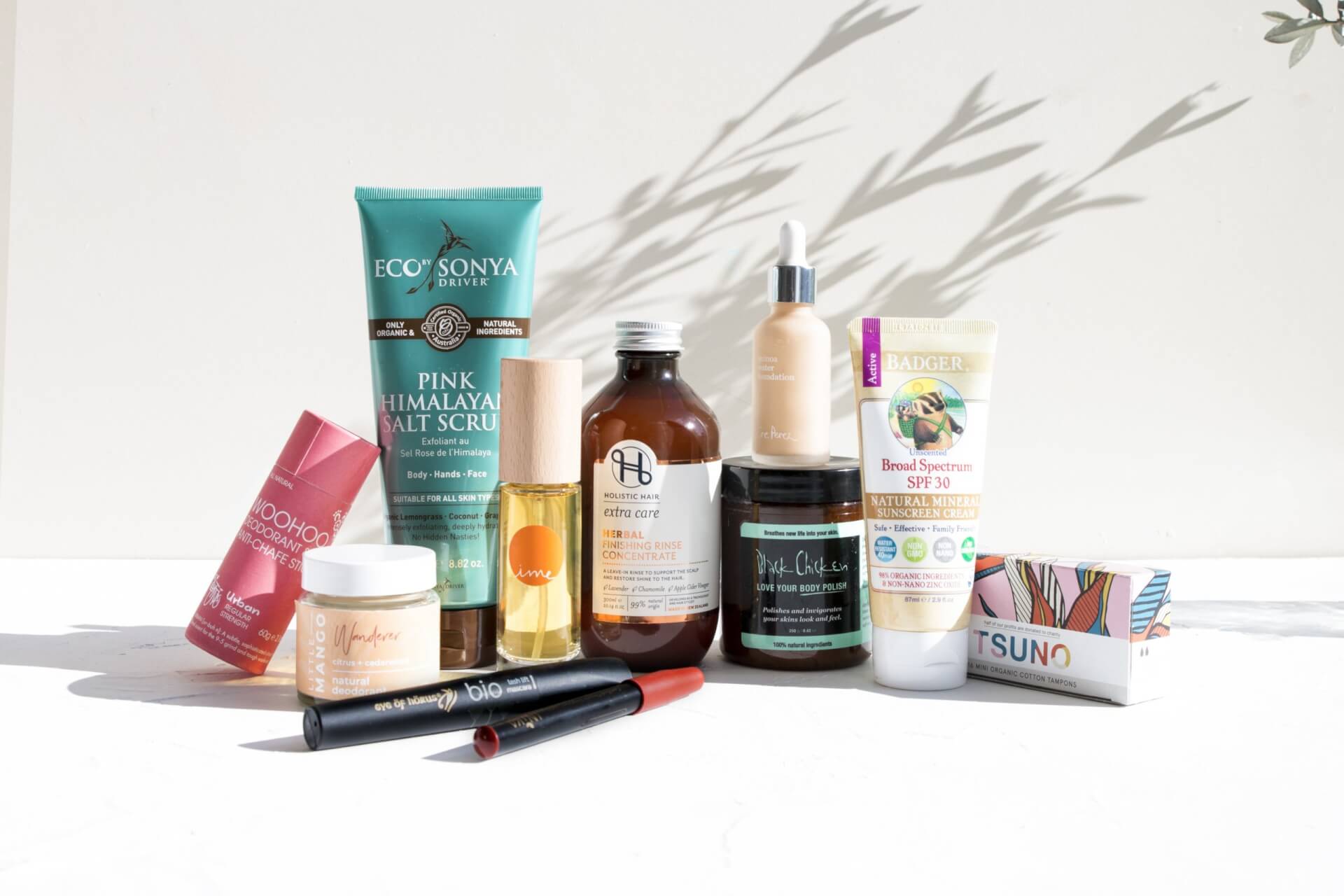All Categories
BON Organic Cotton Tampons and Why They Pose Less Risk to your Body
Have you ever been given medicine in suppository form? If so, then perhaps you already know why suppositories are so effective, and why when toxic chemicals come in contact with our skin they are absorbed straight into our bloodstream. Unlike when we swallow substances, which are mostly able to be processed by stomach acids and other internal organs, we have no way to filter or process these potentially harmful chemicals when inserted into the vagina (or rectum). Leaving yourself vulnerable to harmful materials that have direct access to the bloodstream and your reproductive organs.
Conventional tampons are made from variety of materials such as synthetic polyacrylate rayon and viscose rayon. What a lot of people don’t realise is that when rayon goes through a chlorinated bleaching process this creates dioxins which the FDA approves in small doses despite it being listed as a known carcinogen, which collects in the fatty tissue cells of your body. Posing a potential risk to your health given the area which this sits for hours at a time. However you’re not completely avoiding chemicals if simply try to find a 100% cotton tampon – as 15 percent of the worlds total production of pesticides are sprayed on conventional cotton farms year round. With traces of the pesticide being found in the cotton even after stripping and preparing for use in tampons.
New York University microbiologist Philip Tierno notes that it was only thirty years ago that all tampon manufacturers were using some form of synthetic material or ingredient in their attempt to remain competitive with super absorbent: Rely, Procter & Gamble’s first feminine hygiene product, introduced in the 1970’s. Rely used chips of hyper-absorbent carboxymethylcellulose (CMC) which was a major player in the Toxic Shock Syndrome (TSS) epidemic that began in 1980, affecting a total of 812 menstruation-related TSS cases, 38 of these fatal. This is in addition to the 636 cases of menstrual TSS cases that were reported between 1987 and 1996, 51 of these cases also turning fatal.
Prior to this breakout of TSS there was major cause for concern when manufacturers were withholding information about what their tampons contained. Accused by the Berkeley Women’s Health Collective their repeated requests were denied. They also argued the manufacturers remarkable ineptitude, for ignoring the risks of fibres being left behind inside the body causing over-drying of the vagina. Loose fibres that can still be seen in todays conventional tampons, as you can see the comparison of conventional tampons to BON’s organic tampon below:

Unfortunately there is still to this day a considerable lack of knowledge around conventional tampons and their potential risk mainly due to the fact that they are not required to list what materials or processes constitute their products. It pays to ask questions and to find a brand you can trust, to enable you to make an informed decision about your body and health.


